
Find Help
More Items From Ergsy search
-

What are the symptoms of Rubella?
Relevance: 100%
-

What is Rubella?
Relevance: 81%
-

How serious is Rubella?
Relevance: 77%
-

Is Rubella the same as measles?
Relevance: 77%
-

How is Rubella diagnosed?
Relevance: 76%
-

How is Rubella transmitted?
Relevance: 73%
-

What is congenital rubella syndrome?
Relevance: 72%
-

Can Rubella be prevented?
Relevance: 68%
-
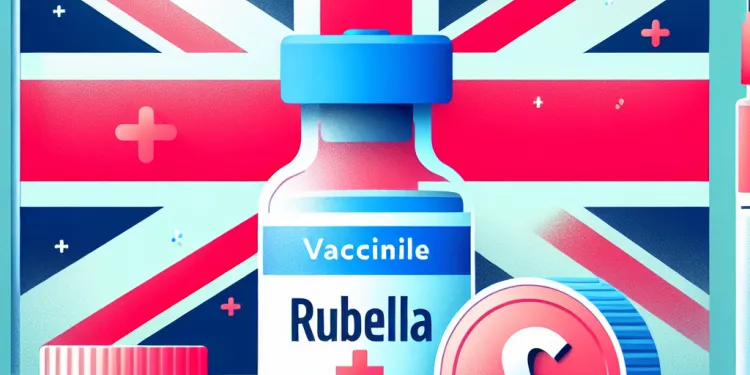
Who should receive the Rubella vaccine?
Relevance: 67%
-

What are the symptoms of measles?
Relevance: 38%
-
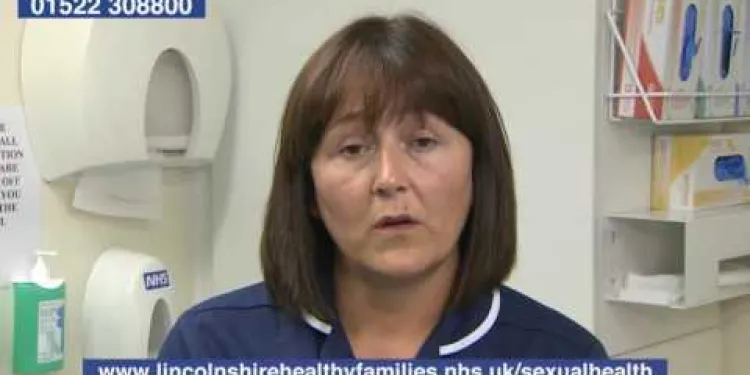
The symptoms of gonorrhoea
Relevance: 31%
-

What are the symptoms of norovirus?
Relevance: 30%
-

Are there symptoms of an HPV infection?
Relevance: 30%
-
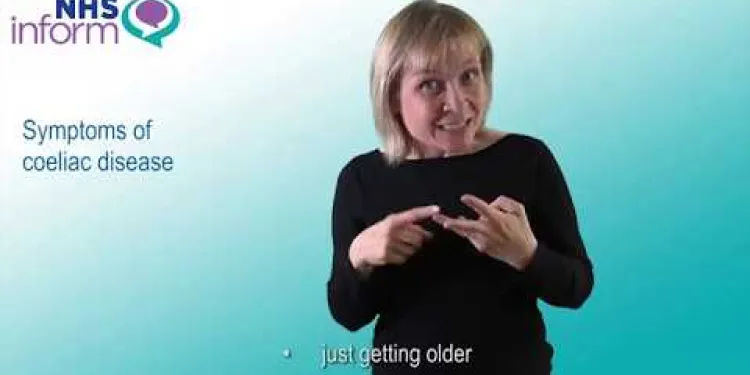
Symptoms of coeliac disease
Relevance: 30%
-

What are the symptoms of measles?
Relevance: 29%
-
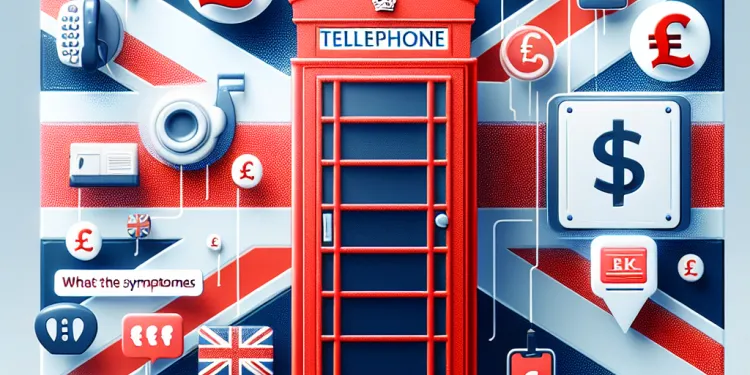
What are the symptoms of chickenpox?
Relevance: 29%
-

What are the symptoms of flu ?
Relevance: 29%
-

What are the symptoms of BPH?
Relevance: 29%
-

What are the symptoms of whiplash?
Relevance: 29%
-
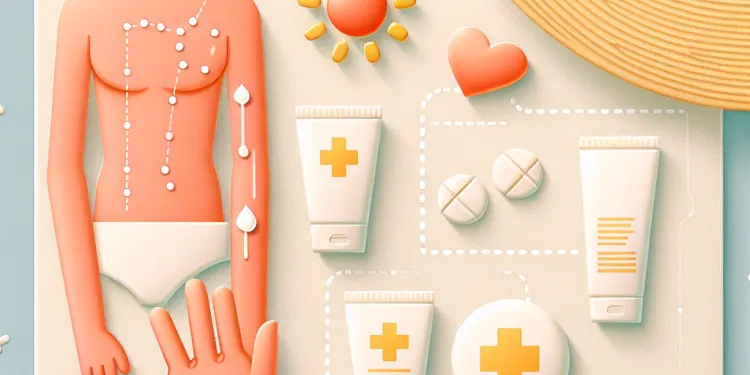
What are the symptoms of sunburn?
Relevance: 29%
-
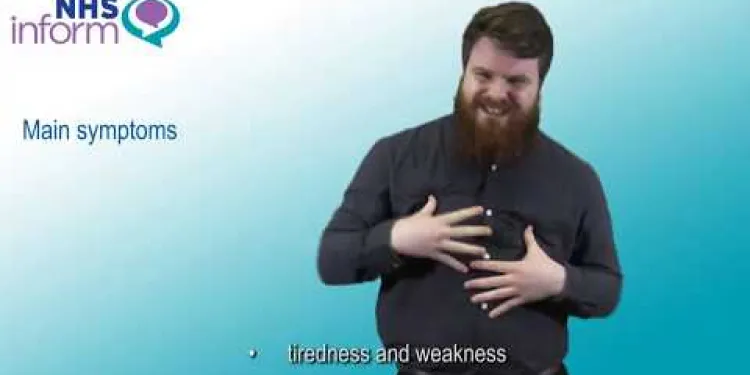
Symptoms of flu (influenza)
Relevance: 29%
-
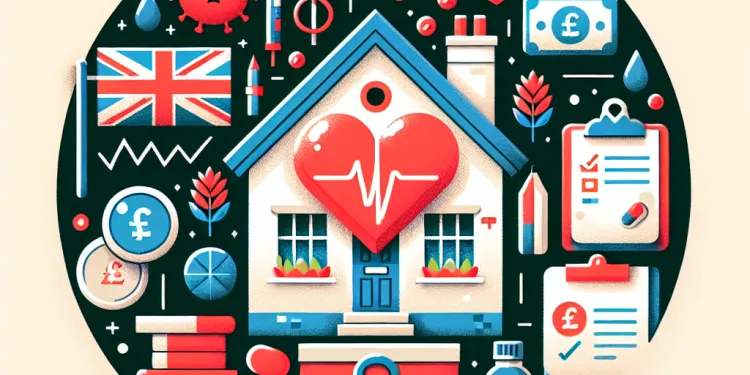
What are the symptoms of shingles?
Relevance: 29%
-

Is headache a symptom of a concussion?
Relevance: 29%
-
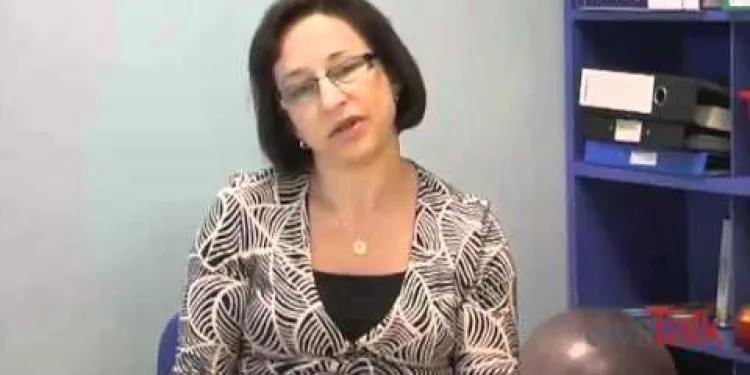
Dyspraxia Symptoms & Signs
Relevance: 28%
-

What are the symptoms of a nut allergy?
Relevance: 28%
-
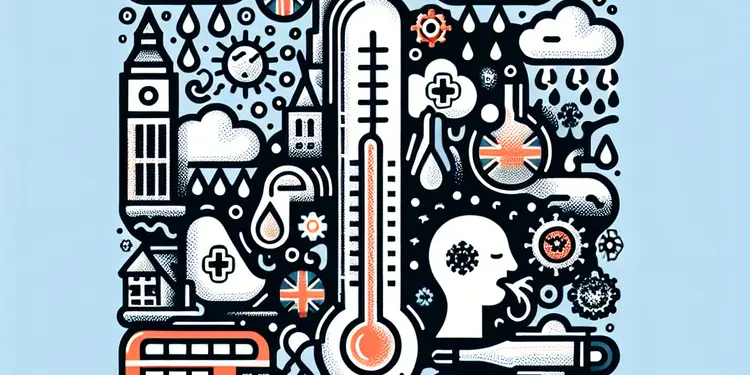
What are the symptoms of H3N2 flu?
Relevance: 28%
-

What are the symptoms of Zika virus?
Relevance: 28%
-
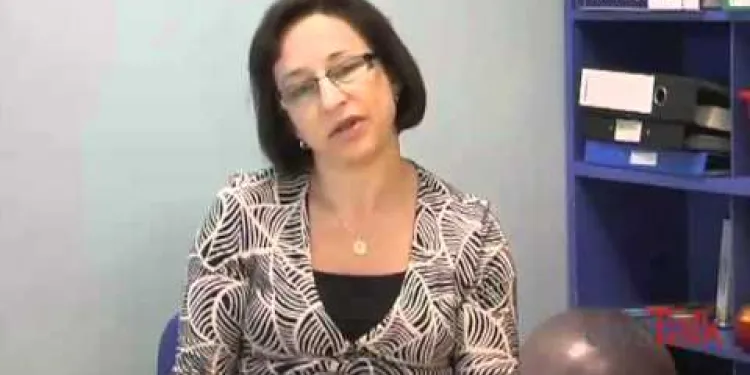
Dyspraxia Symptoms & Signs
Relevance: 28%
-

What are the symptoms of long covid?
Relevance: 28%
-

What are common symptoms of meningitis?
Relevance: 28%
-
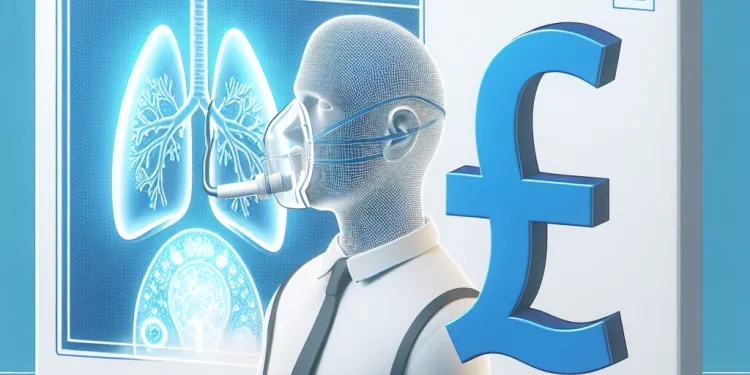
What are the common symptoms of asthma?
Relevance: 28%
-

What are the symptoms of postnatal depression?
Relevance: 28%
-
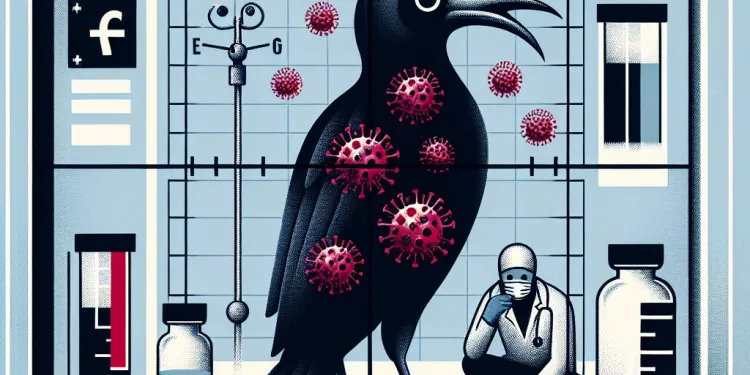
What are the symptoms of the bubonic plague?
Relevance: 28%
-

What are the symptoms of Super Flu?
Relevance: 28%
-

What are the symptoms of Huntington's disease?
Relevance: 28%
-
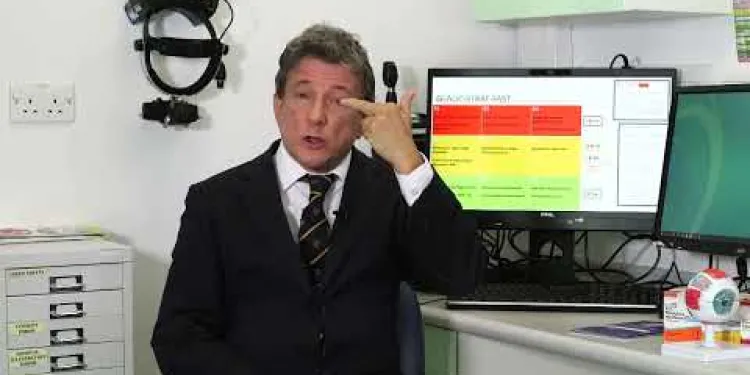
Glaucoma: symptoms in glaucoma
Relevance: 28%
-

What are the symptoms of methanol poisoning?
Relevance: 28%
-

What are the symptoms of testicular cancer?
Relevance: 28%
-

What are the common symptoms of appendicitis?
Relevance: 28%
-
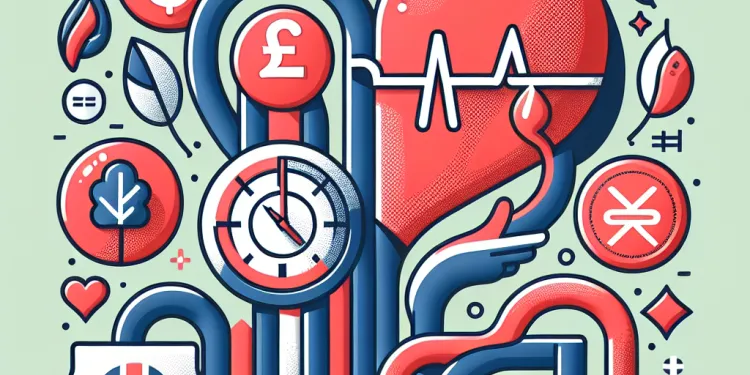
What are the symptoms of arterial thrombosis?
Relevance: 28%
What is Rubella?
Rubella, often referred to as German measles, is a contagious viral infection best known for its distinctive red rash. While it might be perceived as a mild illness, it can have serious consequences, especially if contracted during pregnancy, where it can lead to congenital rubella syndrome (CRS) in the developing fetus. Understanding the symptoms of Rubella is important for early diagnosis and prevention.
Common Symptoms of Rubella
The symptoms of Rubella are often mild, especially in children, and they may not appear until two to three weeks after exposure to the virus. Here are the most common symptoms:
Rash
The most recognizable symptom of Rubella is a red or pink rash that usually begins on the face and then spreads to the rest of the body. This rash often appears as small, slightly raised spots and can last for about three days. It does not itch like the rash of measles, but it is the key sign differentiating Rubella from other viral infections.
Fever
A low-grade fever, usually not exceeding 38.5°C (101.3°F), often accompanies the rash. This fever may precede the rash by a day or two and generally lasts for one to two days.
Lymphadenopathy
Swollen lymph nodes, particularly those at the back of the neck or behind the ears, are commonly associated with Rubella. This lymphadenopathy can appear one week before the rash and may persist for some time after other symptoms have resolved.
Joint Pain
Joint pain is more commonly observed in adults and adolescents than in children. This symptom can be particularly common among women, who may experience arthritis-like symptoms in their fingers, wrists, and knees.
Other Symptoms
Additional symptoms can include mild conjunctivitis (inflammation of the eyes), headache, fatigue, sore throat, and a runny or stuffy nose. These symptoms are generally mild but contribute to the general unwell feeling experienced during the infection.
Complications from Rubella
While Rubella is typically mild in children, adults may experience more pronounced symptoms. The most serious concern with Rubella is when it occurs during pregnancy, as it can lead to severe birth defects or even miscarriage. The risk is especially significant during the first trimester. This is why vaccination and preventive measures are crucial.
Conclusion
Rubella is generally a mild illness with distinctive symptoms such as a rash and swollen lymph nodes. However, its potential impact on pregnant women makes awareness and prevention critical. Vaccination remains the most effective way to prevent Rubella and its serious complications.
What is Rubella?
Rubella is also called German measles. It is a virus that spreads easily from person to person. The most well-known sign is a red rash on the skin. While Rubella is usually mild, it can be very serious for pregnant women and their unborn babies. It is important to know the symptoms of Rubella so you can find it early and stop it from spreading.
Common Symptoms of Rubella
Rubella symptoms are mild, especially in children. The symptoms might not show up until two to three weeks after catching the virus. Here are some common symptoms:
Rash
The main sign is a red or pink rash. It starts on the face and then spreads to the rest of the body. The rash looks like small, raised spots and lasts for about three days. It does not usually itch. This rash helps doctors know it is Rubella.
Fever
A mild fever often comes with the rash. The fever is usually not higher than 38.5°C (101.3°F). It starts a day or two before the rash and lasts for one or two days.
Swollen Lymph Nodes
The lymph nodes (little lumps under the skin) at the back of the neck or behind the ears can swell up. This can start one week before the rash and last a bit longer than other symptoms.
Joint Pain
Adults and teenagers might feel pain in their joints. This is more common in women. Their fingers, wrists, and knees might hurt and feel like arthritis.
Other Symptoms
Other symptoms can include mild sore eyes, headaches, feeling tired, sore throat, and a runny or blocked nose. These are usually mild but can make you feel unwell.
Complications from Rubella
Rubella is mild in children but can be worse for adults. The biggest worry is if a pregnant woman catches it. It can cause serious problems for the baby, like birth defects or miscarriage, especially if it happens in the first three months of pregnancy. This is why getting vaccinated is very important.
Conclusion
Rubella usually causes mild illness with signs like a rash and swollen lymph nodes. But it is very important to prevent it because of the risk to pregnant women. Vaccination is the best way to stop Rubella and protect everyone from serious problems.
Frequently Asked Questions
What are the common symptoms of rubella?
The common symptoms of rubella include a rash, fever, sore throat, and swollen lymph nodes.
How does the rubella rash appear?
The rubella rash typically starts on the face and spreads to the rest of the body, often appearing as pink or red spots.
Is fever a symptom of rubella?
Yes, a mild to moderate fever is a common symptom of rubella.
Can rubella cause joint pain?
Yes, joint pain is a symptom that can occur, particularly in adult women infected with rubella.
Are swollen lymph nodes associated with rubella?
Yes, swollen lymph nodes, particularly around the ears and neck, are a common symptom of rubella.
How long do rubella symptoms usually last?
Rubella symptoms typically last up to a week.
Is a sore throat a symptom of rubella?
Yes, a sore throat can be one of the symptoms of rubella.
Can rubella cause headaches?
Yes, headaches are a possible symptom of rubella.
Do people with rubella always show symptoms?
No, some people infected with rubella may have very mild symptoms or be asymptomatic.
How soon after infection do rubella symptoms appear?
Rubella symptoms typically appear 2 to 3 weeks after infection.
Is conjunctivitis a symptom of rubella?
Yes, mild conjunctivitis (red eyes) can be a symptom of rubella.
What are the early symptoms of rubella?
Early symptoms may include mild fever, headache, conjunctivitis, and swollen lymph nodes.
Is coughing a symptom of rubella?
While not common, coughing can occur in some rubella cases.
What should you do if you suspect you have rubella symptoms?
Contact a healthcare provider if you suspect rubella for appropriate testing and guidance.
How contagious is rubella during the symptomatic phase?
Rubella is highly contagious for about 7 days before and after the rash appears.
Can rubella symptoms resemble other infections?
Yes, rubella symptoms can resemble other viral infections, making accurate diagnosis important.
Is fatigue a symptom of rubella?
Yes, fatigue or a general feeling of unwellness can be associated with rubella.
What distinguishes rubella rash from other rashes?
The rubella rash typically starts on the face and spreads, often accompanied by swollen lymph nodes.
Are gastrointestinal symptoms common with rubella?
Gastrointestinal symptoms are not typically associated with rubella.
Are children more likely to show rubella symptoms than adults?
Children typically show milder symptoms; however, adults, especially women, may experience joint pain.
What are the common signs of rubella?
Rubella is a sickness. Here are some signs or clues that someone might have rubella:
- A red rash on the skin
- Fever or feeling hot
- Sore throat
- Feeling tired or weak
- Swollen glands in the neck
If you think someone has rubella, it's important to tell a doctor.
Helpful tools for understanding:
- Look at pictures to see what the rash looks like.
- Use a thermometer to check for fever.
- Ask an adult to help you read or talk to a doctor.
The signs of rubella are:
- A red rash
- Feeling hot (fever)
- A sore throat
- Lumps in your neck (swollen glands)
If you find it hard to read, you can:
- Ask someone to read it with you
- Use a tool that reads out loud
- Look at pictures that explain it
What does the rubella rash look like?
The rubella rash usually starts on the face. Then it spreads to other parts of the body. It looks like pink or red spots.
Does rubella make you have a fever?
Yes, having a mild to moderate fever is a common sign of rubella.
Can rubella make your joints hurt?
Yes, rubella can make your joints hurt. This happens a lot to grown-up women who get the infection.
Can rubella cause swollen glands?
Rubella, also known as German measles, is an illness. It can make the glands in your neck and around your body swell up. These swollen glands are called lymph nodes. They might feel like small, soft bumps under your skin.
If you think you have rubella, it's important to tell a doctor. They can help you feel better.
To make reading easier, try using tools like a text reader that can read the words out loud for you. It can also help to read with someone else, like a friend or family member.
Yes, when someone has rubella, the lumps around their ears and neck can get bigger. This is normal.
How long do rubella symptoms usually last?
Rubella symptoms often last for a short time. Most people feel better in 3 to 5 days.
If you need help, you can:
- Ask someone to read it with you.
- Use a speech-to-text tool to listen to the text.
Rubella symptoms usually go away in a week.
Can rubella make your throat hurt?
Yes, rubella can make your throat hurt.
Does rubella give you headaches?
Yes, rubella can cause headaches.
Do people with rubella always feel sick?
No, some people with rubella might feel a little sick or not sick at all.
When do you get rubella symptoms after you catch it?
Rubella signs usually show up 2 to 3 weeks after you catch it.
Does rubella cause sore eyes?
Yes, red eyes can be a sign of rubella.
Do you need help reading? You can use tools like a loud reader or ask someone to read with you.
What are the first signs of rubella?
Rubella is a sickness. Here are some early signs to look for:
- A red rash
- Feeling like you have a cold, such as a runny nose
- Sore throat
- Feeling tired
- Slight fever
If you feel unwell, it is a good idea to tell an adult. They can help you see a doctor or nurse.
You can also use pictures or videos to learn more about rubella. This can help you understand better.
Early signs of the illness might be:
- A small fever (feeling hot).
- A headache (your head hurts).
- Sore or red eyes.
- Swollen lumps in your neck.
If you're finding it hard to read or understand this, using pictures or asking a helper can make it easier.
Can rubella make you cough?
Sometimes, people with rubella might cough, but this does not happen a lot.
What to Do if You Think You Have Rubella
Rubella is an illness. It can cause a red rash and a fever. If you think you have rubella, tell an adult you trust. They can help you see a doctor.
A doctor can check if you have rubella. It is important to stay away from other people so you do not spread it.
Wash your hands often and cover your mouth when you cough or sneeze.
Some tools that can help you:
- Ask someone to help make a doctor's appointment.
- Use a calendar to track how you feel each day.
- Find books or videos about rubella to learn more.
If you think you might have rubella, talk to a doctor. They can help you with the right tests and advice.
How easily can rubella spread when you have symptoms?
Rubella, also called German measles, can spread easily from person to person.
When someone has rubella symptoms, like a rash or fever, they can give it to others.
It is important to stay away from people if you have rubella symptoms.
To help understand better, you can use pictures or ask someone to explain more.
Rubella can spread really easily. This happens for about 7 days before you see a rash and 7 days after the rash shows up.
Can rubella symptoms look like other sickness signs?
Rubella, also called German measles, can make you feel unwell. Sometimes, it is hard to tell rubella from other sicknesses because the signs can look the same. Here are some signs of rubella:
- A red rash that starts on the face and spreads
- Fever
- Headache
- Runny or stuffy nose
- Sore throat
If you think you or someone else might have rubella, it is a good idea to see a doctor. They can help find out if it is rubella or another sickness. Drawing pictures or using picture cards can also help to understand more about rubella. Talking with someone about your symptoms can help too.
Yes, rubella symptoms can look like other sicknesses caused by viruses. This is why it is important to know exactly what it is.
Does rubella make you feel very tired?
Yes, feeling very tired or sick can happen if you have rubella.
How is a rubella rash different from other rashes?
A rubella rash looks different from other rashes. Here is how to recognize it:
- Small pink or red spots.
- Spots start on the face and spread to the rest of the body.
- Might have a fever or sore throat.
If you are unsure, it is okay to ask a doctor for help.
Tools like picture books or talking stories might help understand better.
The rubella rash is a red pattern on your skin. It usually starts on the face and then moves to other parts of the body. Your neck might feel a bit puffy, too, because of swollen parts called lymph nodes.
Do people often get stomach problems with rubella?
Rubella is a sickness. Some people might feel sick in their stomachs. This can happen, but it is not very common.
If you or someone you know has rubella, talk to a doctor. They can help with any problems.
Using pictures or simple charts can help explain more about rubella and its symptoms. Audio books can also make learning easier.
Stomach problems usually do not happen with rubella.
Do kids get rubella symptoms more than grown-ups?
Kids usually don't get very sick. But grown-ups, like women, might have sore joints.
Useful Links
- Ergsy carfully checks the information in the videos we provide here.
- Videos shown by Youtube after a video has completed, have NOT been reviewed by ERGSY.
- To view, click the arrow in centre of video.
- Most of the videos you find here will have subtitles and/or closed captions available.
- You may need to turn these on, and choose your preferred language.
- Go to the video you'd like to watch.
- If closed captions (CC) are available, settings will be visible on the bottom right of the video player.
- To turn on Captions, click settings .
- To turn off Captions, click settings again.
More Items From Ergsy search
-

What are the symptoms of Rubella?
Relevance: 100%
-

What is Rubella?
Relevance: 81%
-

How serious is Rubella?
Relevance: 77%
-

Is Rubella the same as measles?
Relevance: 77%
-

How is Rubella diagnosed?
Relevance: 76%
-

How is Rubella transmitted?
Relevance: 73%
-

What is congenital rubella syndrome?
Relevance: 72%
-

Can Rubella be prevented?
Relevance: 68%
-

Who should receive the Rubella vaccine?
Relevance: 67%
-

What are the symptoms of measles?
Relevance: 38%
-

The symptoms of gonorrhoea
Relevance: 31%
-

What are the symptoms of norovirus?
Relevance: 30%
-

Are there symptoms of an HPV infection?
Relevance: 30%
-

Symptoms of coeliac disease
Relevance: 30%
-

What are the symptoms of measles?
Relevance: 29%
-

What are the symptoms of chickenpox?
Relevance: 29%
-

What are the symptoms of flu ?
Relevance: 29%
-

What are the symptoms of BPH?
Relevance: 29%
-

What are the symptoms of whiplash?
Relevance: 29%
-

What are the symptoms of sunburn?
Relevance: 29%
-

Symptoms of flu (influenza)
Relevance: 29%
-

What are the symptoms of shingles?
Relevance: 29%
-

Is headache a symptom of a concussion?
Relevance: 29%
-

Dyspraxia Symptoms & Signs
Relevance: 28%
-

What are the symptoms of a nut allergy?
Relevance: 28%
-

What are the symptoms of H3N2 flu?
Relevance: 28%
-

What are the symptoms of Zika virus?
Relevance: 28%
-

Dyspraxia Symptoms & Signs
Relevance: 28%
-

What are the symptoms of long covid?
Relevance: 28%
-

What are common symptoms of meningitis?
Relevance: 28%
-

What are the common symptoms of asthma?
Relevance: 28%
-

What are the symptoms of postnatal depression?
Relevance: 28%
-

What are the symptoms of the bubonic plague?
Relevance: 28%
-

What are the symptoms of Super Flu?
Relevance: 28%
-

What are the symptoms of Huntington's disease?
Relevance: 28%
-

Glaucoma: symptoms in glaucoma
Relevance: 28%
-

What are the symptoms of methanol poisoning?
Relevance: 28%
-

What are the symptoms of testicular cancer?
Relevance: 28%
-

What are the common symptoms of appendicitis?
Relevance: 28%
-

What are the symptoms of arterial thrombosis?
Relevance: 28%


